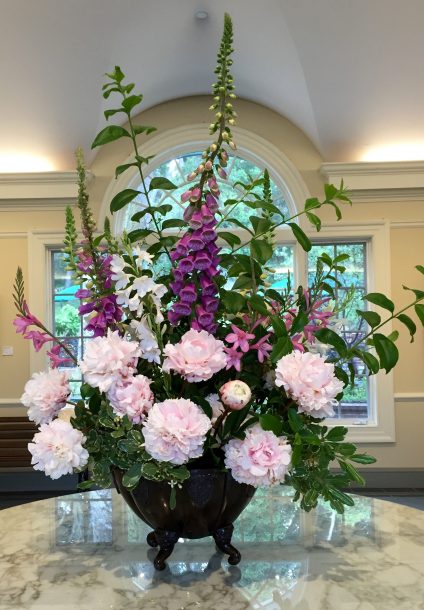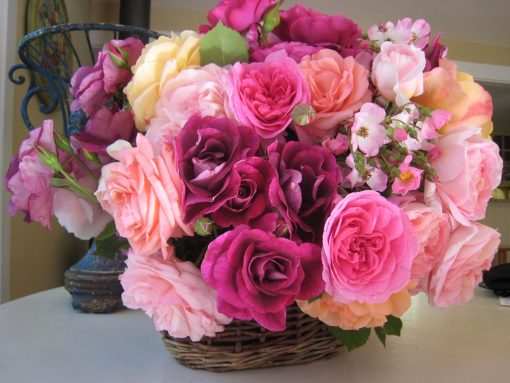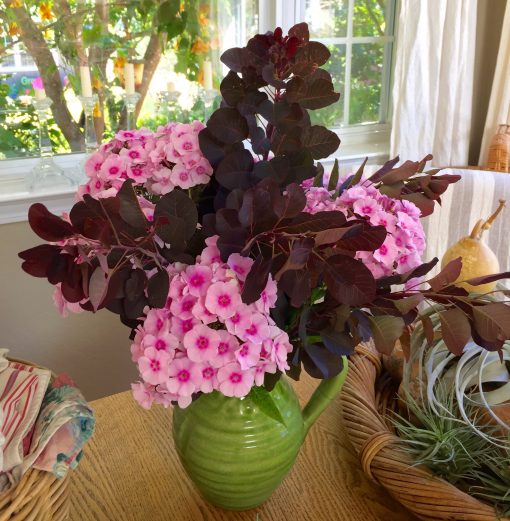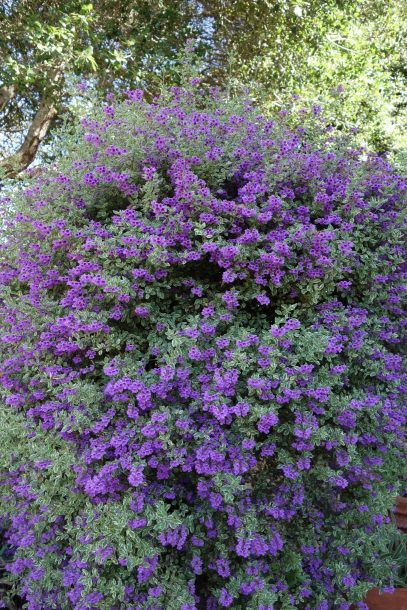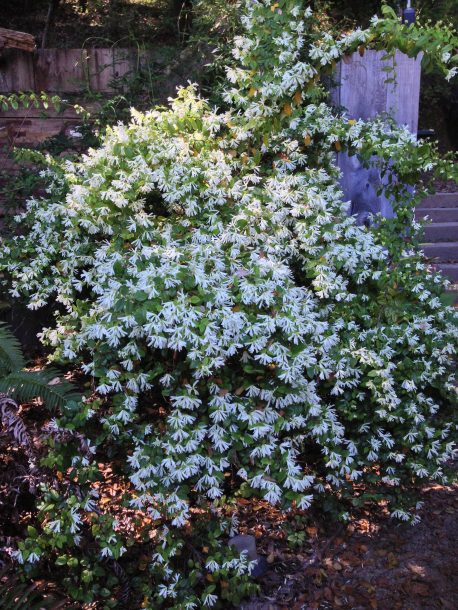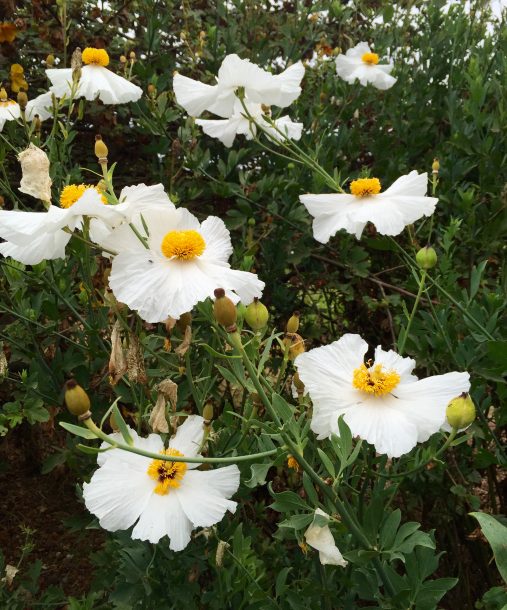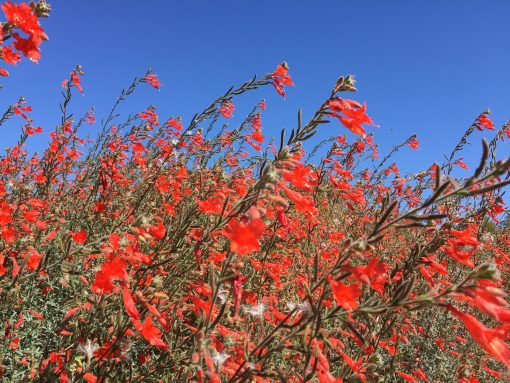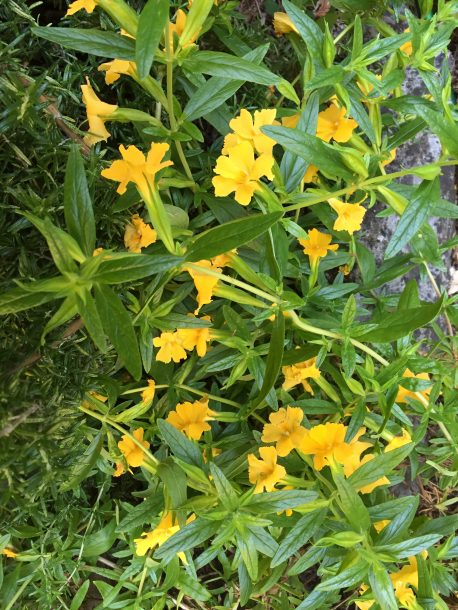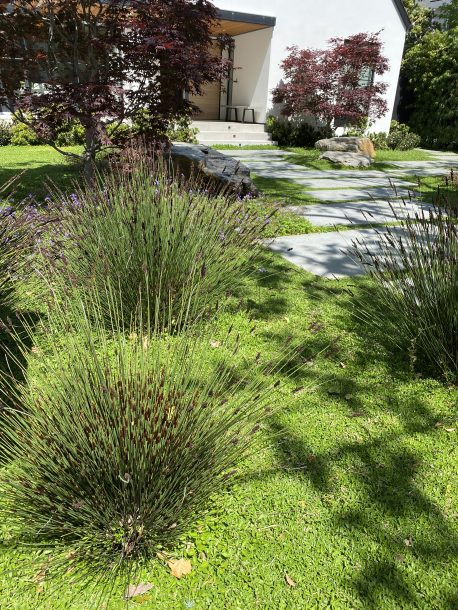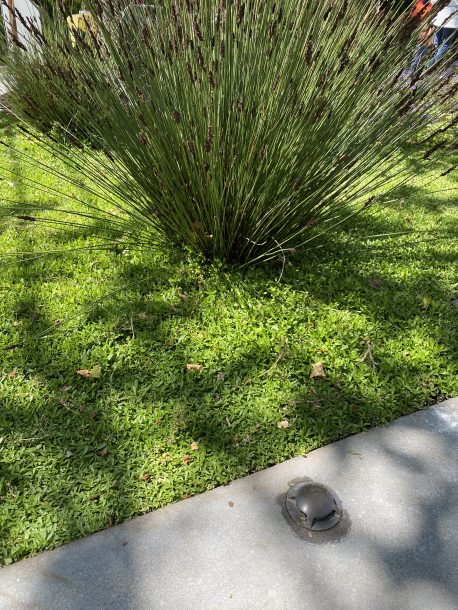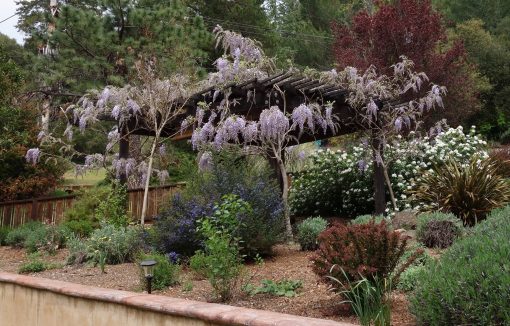
I used to have over 300 containers. Then I whittled them down to 200. The fire took care of that but I saved a bunch by cutting away burned roots, replacing melted pots and giving the survivors some TLC. I consider them pets now given all the care I have given them over the past two years. Now that they are showing progress I have my eye on planting new containers with natives, succulents and more flowers for the butterflies. I might try my hand at container vegetables again although last year’s effort was not very successful given the amount of shade that I have. Every gardener has their your own trial and tribulations, too, so I’ll quit whining now.
Adding California natives to my collection of container plants has been a goal for a long time. Besides attracting birds and wildlife to the garden they use less water than most container plants plus they are beautiful. Gardening in containers is easy. You can control the soil, water and light and the gophers can’t undermine your efforts. There are a lot of California native plants that do well in containers and I’m going to place them where both the birds and I can enjoy them.
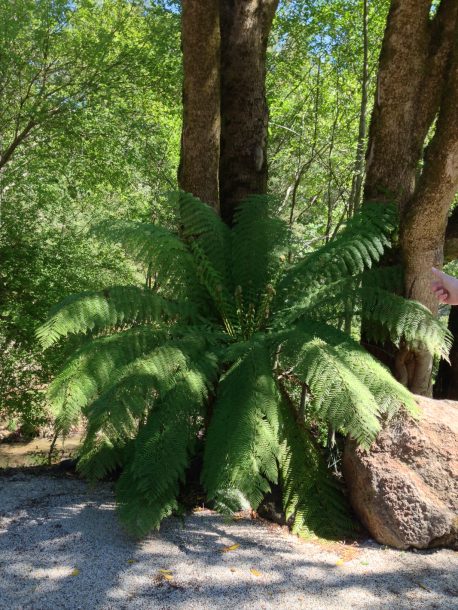
Natives that will do well in part shade include Western Azalea (Rhododendron occidentale), Chaparral Pea, Giant Chain Fern (woodwardia) and Deer grass. These plants grow big and are best for large containers. You can visit CalScape website for more native plants for any exposure and tailored to your exact location. https://calscape.org/search/
Dramatic containers utilize the concept of combining a thriller, some fillers and spiller or two. Not all my containers will use this formula but I seem to be drawn to those that do. Plants in nature can be quite random in the way they grow together and still be lovely. Containers need a bit more order to dazzle and direct the eye.
Thrillers act as the centerpiece of a container. They are usually big, bold and beautiful. Giant Elk Clover is one such California native that is an attention getter. It grows in part shade. Others that need more sun include Chilopsis linearis (Desert Willow) is another great subject for containers as it is slow growing and beautiful in leaf and flower. Other architectural natives that will catch your eye as the centerpiece of a container are Hardy Hibiscus (Rose Mallow) and Pacific Dogwood. The thriller goes in the center of the pot or if your container will be viewed from only one side it goes in the back.
Next come the fillers. They can be foliage or flowering plants but they should complement and not overwhelm your largest plant. Usually they have a mounding shape and I’ll plant several around the thriller. Good fillers include Heuchera maxima and Western Maidenhair fern, both which like part shade. Lucky for me.
The last plants I’ll add are the spillers which are small and will soften the edge of the container. Redwood Sorrel, Wild Ginger and Miner’s Lettuce are good choices. California Fuchsia would look spectacular with its red or orange flowers and grey foliage spilling down the side of my container if I had more sun.
In choosing a container, remember a porous clay pot will dry out fast in the summer sun as will a small pot. If you want pots on a sunny deck, you’ll have better results if your container is made or ceramic or colored plastic and is big enough to allow 2 inches of potting soil around the root ball. I don’t use water absorbing polymer granules in my containers as they are all in shade in winter and would stay too wet depriving plant roots of oxygen.
Water when the top inch or two of soil is dry depending on the size of the container.. On a very hot day, watering mid-day will cool the soil although I like to get my watering done early. Get to know your plants. Plants that are still growing into their containers need less frequent watering than those that are getting root bound. How much water? Water until it runs out the bottom and empty the saucer the next day if any water remains. Use a gentle nozzle that doesn’t dislodge the soil or compact it. Also make sure the water in the hose isn’t hot from lying in the sun.
The best overall soil mix for natives in containers is sharp sand and horticultural pumice added to a good potting soil. Never use perlite or that puffed up pumice because it will float and look terrible Don’t add gravel or clay shards at the bottom of the pot as this impedes drainage. It work best to fill the entire pot with soil, top to bottom with a screen over the hole to keep out earwigs and sowbugs.

